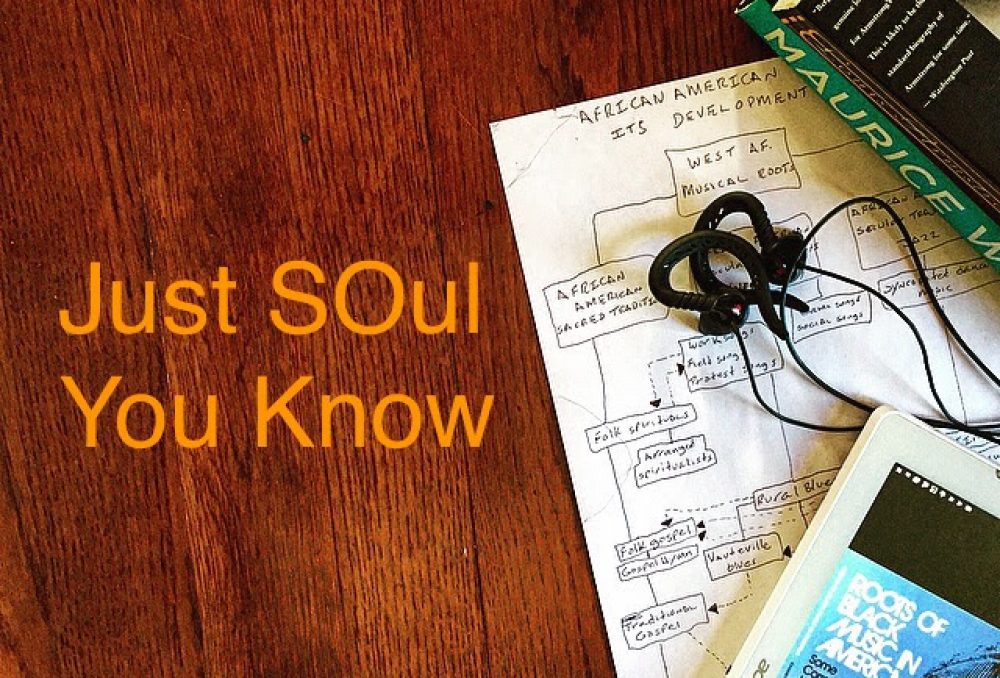Imagine you and your significant other getting dressed in your finest evening wear. Watch, necklace, bracelet, and earrings adorned. You’re going out tonight! You head to your car, drive downtown, and enter the premier concert hall of the city. Everyone is excited and dressed to the nines! This must be the philharmonic’s opening night! This is a highbrow event! Together you find your seats just before the lights dim. In anticipation, you hold your breath. Your wait is brief. Suddenly the stage lights shine to reveal the assemblage of . . . wait for it . . .wait for it . . . Parliament/Funkadelic and a rambunctious funk mob on stage. They begin to tear shit up (musically speaking of course). You look at your significant other and gleefully discover you are both sporting the same quintessential funk face. You throw your hand up forming the righteous universal funk symbol and rock out. Imagine that!
The night was seemingly set up for a sophisticated event. Your attire and the venue location suggested as much. The atmosphere was ripe to embrace a stiff collar crowd. This was not classical music. With P-Funk on stage were you truly going to engage in a so-called “highbrow” event? Of course, you were! Funk music is everything classical music is and more.
Classical music has certainly achieved, in over three hundred years, a position in our society of reverence and honor. Its widely known composers Bach, Mozart, and Beethoven are pedestalistic gods and known as such in and out of the genre. Most often intellectuals and the cultured are drawn to classical music. Statistics reveal the college-educated and affluent are largely attracted to the genre. They—“the sophisticated”—not only enjoy and indulge in the accouterments of classical music but it also defines them. The richly appointed hallowed concert halls, tailored suits, designer cocktail gowns, and opening nights cater to their refined and even snobbish worldly taste. Classical music is indeed a highbrow phenomenon. However, it has a younger sibling that mirrors its every move and defines its very own high brow flare.
Funk music has certainly achieved, in over fifty years, a position in our society of reverence and honor. It’s widely known progenitors Brown, Clinton, and Stone are pedestalistic gods and known as such in and out of the genre. While the ‘sophisticated’ who chiefly consume only classical music and little of anything else the rooted funk music consumer is attracted to classical and beyond. Jazz, r&b, blues, gospel, soul, swing, rock, and metal are often devoured by the funk listener. Funk music, like classical music, also holds the attention of intellectuals, the cultured, educated, and affluent. Moreover, it also draws to it the enlightened, the academic, literate, and articulate. In this way the funk music listener is beyond sophisticated, rather they are ‘Cosmopolitan’—the sharing of all things wrapped in the ONE! Funk music can be heard in the richly appointed hallowed concert halls as well as in stadiums, arenas, street festivals, parks, backlots, and garages.
Conversely, funk music is defined by the listener. Unlike classical, which is static in terms of its response to current affairs and its inability to create a space for active audience response during a performance, funk music is qualified by its attention to current affairs and welcomes the immediate response of the audience (call and response).
In the end, you can go to a funk music concert in your tailored suit and designer evening gown. You can listen to EWF at the Chandler, (Sup, L.A.). You can funk out and follow along with intellectuals like Brown and Vincent in the front row as they raise their hand with the righteous universal funk symbol and chant:
If you got funk, you got style
You’re funkin’ and you’re styling all the while
When you got funk, you got class
You’re out on the floor movin’ your ass . . .
Yeah, funk music is everything classical music is and more. Take a listen.
















